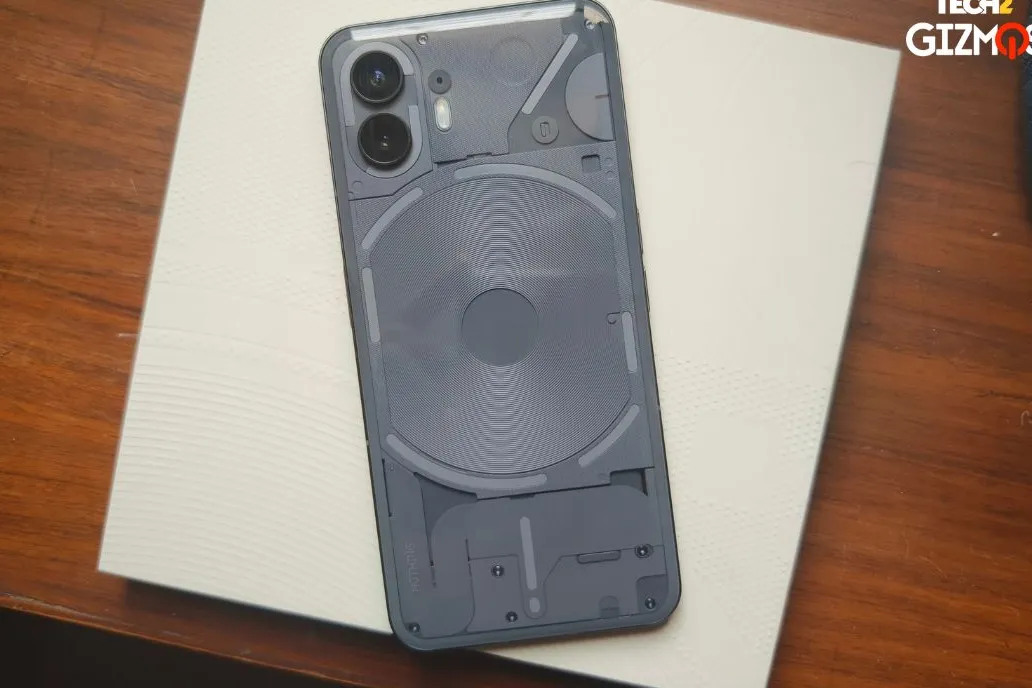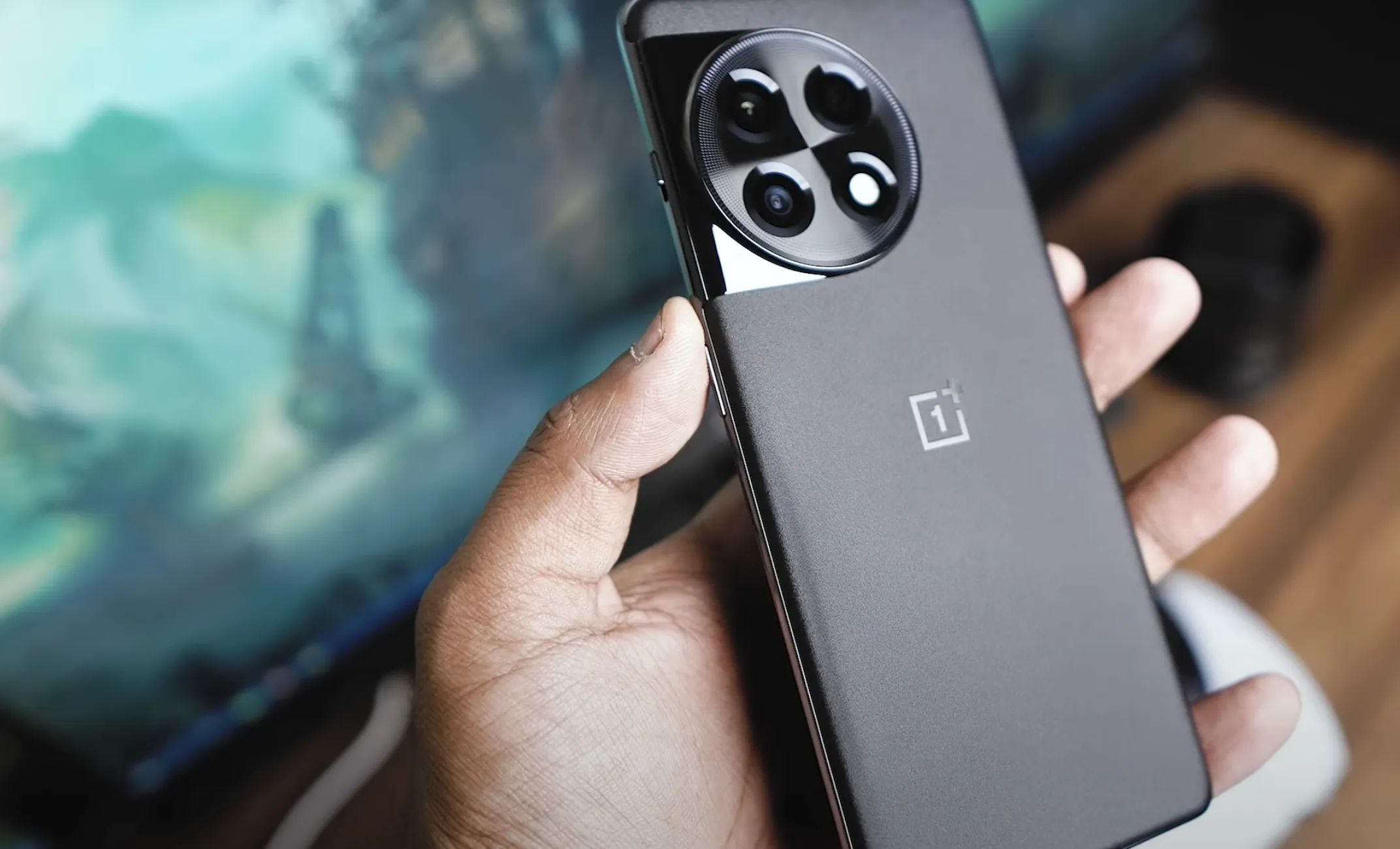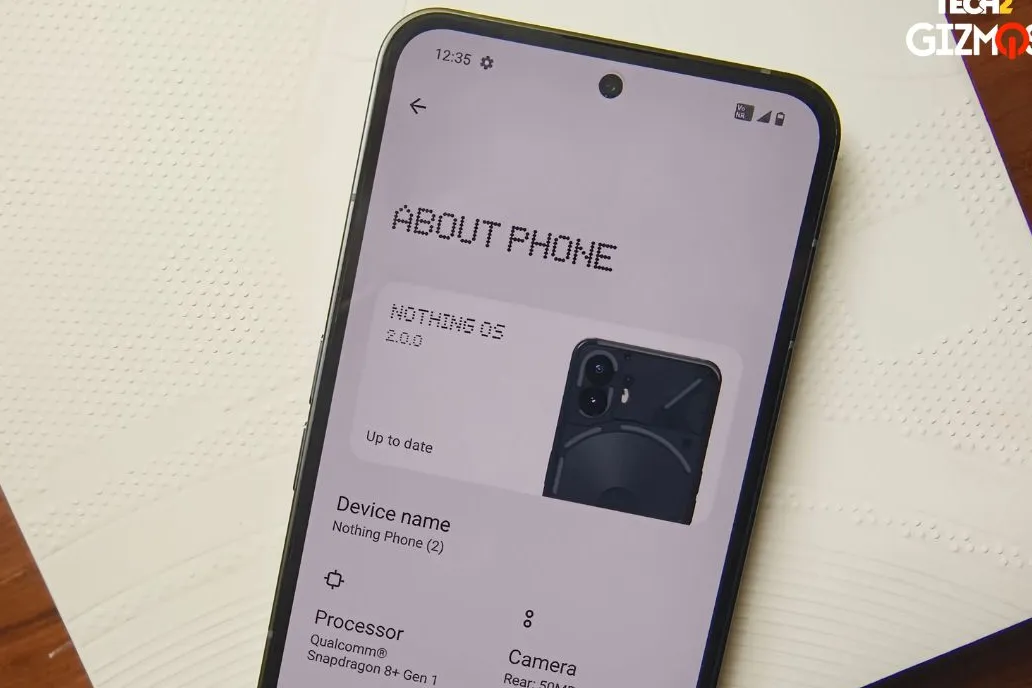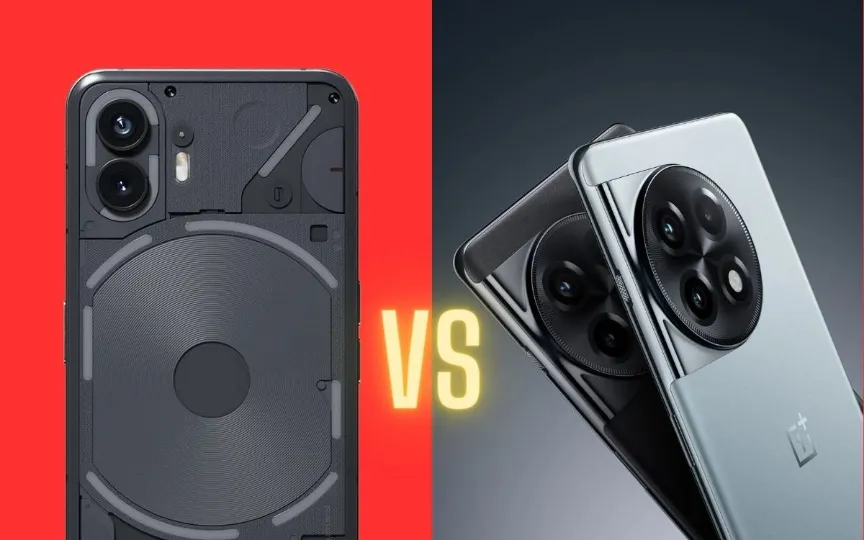Compare OnePlus 11R and Nothing Phone 2 – Which Is The Right Choice For You?
The introduction of the Nothing Phone (2) has heightened the rivalry in the premium mid-range segment. With contenders such as the iQOO Neo 7 Pro, Pixel 7a, and the OnePlus 11R, the competition is intense, prompting companies to justify the value customers receive for their purchases. This article delves into a comparison between the OnePlus 11R and the Nothing Phone (2), both highly sought-after models within the sub-Rs 50,000 price range.
Design and build quality
Both the Nothing Phone (2) and the OnePlus 11R have a glass back, but the build quality of the Nothing Phone (2) is slightly better thanks to its metal body, while the OnePlus 11R has a plastic frame. However, this does not mean that the OnePlus 11R feels less high-quality. Despite the plastic frame, the phone feels sturdy and comfortable in the hand.

The Nothing Phone (2) has a transparent back panel and an indicator light connection on the back, which has become the identity of the brand. It is similar to a telephone (1) in this respect. The OnePlus – on the other hand – has a curved display and curved glass back, similar to the more expensive OnePlus 11. The body is narrow, so it is easy to grip. Users can get the phone in a variety of finishes, including the classic sandstone-like finish. In our experience with both devices, the OnePlus 11R is a bit slippery, but the case easily solves this problem. The Nothing Phone (2) has a boxy, iPhone-inspired design.

Screen: flat or curved?
The OnePlus 11R and the Nothing Phone (2) both have 6.7-inch AMOLED displays with a 120Hz refresh rate. However, the Nothing Phone (2) has a few advantages: it uses an LTPO panel that can refresh between 1 and 120 Hz, making it more energy efficient; it’s brighter than the OnePlus 11R’s panel, which has a peak brightness of 1600 nits; and it has a flat screen that some people prefer curved. Overall, the Nothing Phone (2) has a better and brighter screen than the OnePlus 11R.
Performance: Equal in all respects
The Nothing Phone (2) and the OnePlus 11R both feature Qualcomm 8+ Gen 1 chipsets, which are a step down from Qualcomm’s latest flagship chipset, the 8 Gen 2. Despite this, they are both powerful enough for most tasks. The OnePlus 11R has up to 16GB of LPDDR5X RAM, while the Nothing Phone (2) has up to 12GB. In terms of performance, they are both very similar and have similar heat output.
Software: A new take on Android versus the old reliable
Both phones have their own skins, Nothing OS 2.0 and OxygenOS, on top of Android 13. However, they differ considerably. Nothing has opted for a more monochromatic, minimalist interface, while OxygenOS takes features from ColorOS for a more vibrant interface. Both have their pros and cons, but we think NothingOS 2.0 offers a fresh take on Android with custom glyph lighting UI, custom widgets and icons, and yes, mostly Google apps. OnePlus – on the other hand – offers an equally versatile, if not better, experience with more software features already on the market.

In terms of software support, OnePlus has committed to providing three years of Android updates and four years of security patches. Likewise, Nothing also offers the phone three years of Android updates and four years of security fixes (2).
Battery life and charging: None Phone (2) The charger in the package is missing
The Nothing Phone (2) has a slightly larger battery (4700 mAh) than the Nothing (1) (4500 mAh), which together with a more powerful processor results in excellent battery life. However, it has a smaller battery than the OnePlus 11R (5000 mAh). The OnePlus 11R also comes with a 100W fast charger in the box, while the Nothing Phone (2) doesn’t come with a charger at all – even though it costs more. Also, the Nothing Phone (2) charges more slowly – up to 45W.
Camera: Several similarities
Both the Nothing Phone (2) and the OnePlus 11R have multi-camera setups with wide and ultra-wide lenses. Both have a 50-megapixel Sony IMX890 sensor, but the Nothing Phone (2) has a 50-megapixel Samsung JN1 ultra-wide sensor, while the OnePlus 11R has an 8-megapixel ultra-wide sensor and a 2-megapixel macro lens.
Nothing says they’ve worked hard to improve the camera system this year, and early reviews say the camera experience is better than the Nothing Phone (1). The OnePlus 11R doesn’t have the Hasselblad optimization that the more expensive OnePlus 11 has – even though it has the same main lens.
You can expect a similar experience from both phones, but they definitely fall short of the Samsung and Google flagships.
Price and bottom line: Are you paying for “nothing”?
The Nothing Phone (2) and the OnePlus 11R are both solid phones with a lot in common. However, the Nothing Phone (2) is more expensive – retailing at Rs 44,999, while the OnePlus 11R is available for Rs 39,999.
So which phone should you buy? It depends on your needs and preferences. If you want a unique looking phone with probably better software, the Nothing Phone (2) is a good option. However, if you’re looking for a more affordable phone with a fast charger, the OnePlus 11R is a great choice.
In the end, both phones are decent and you can’t go wrong with either.




